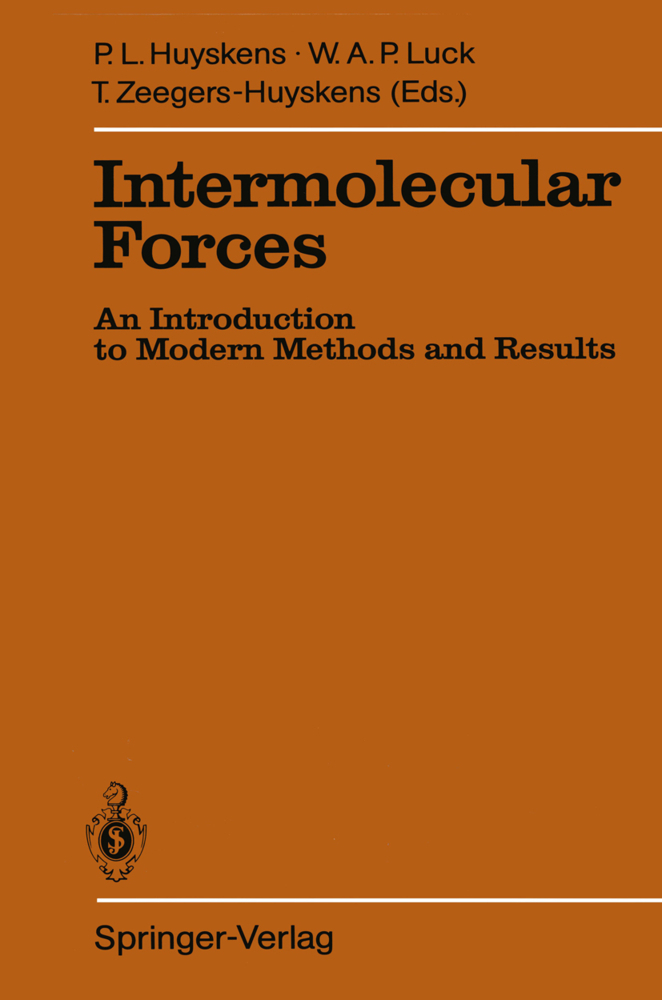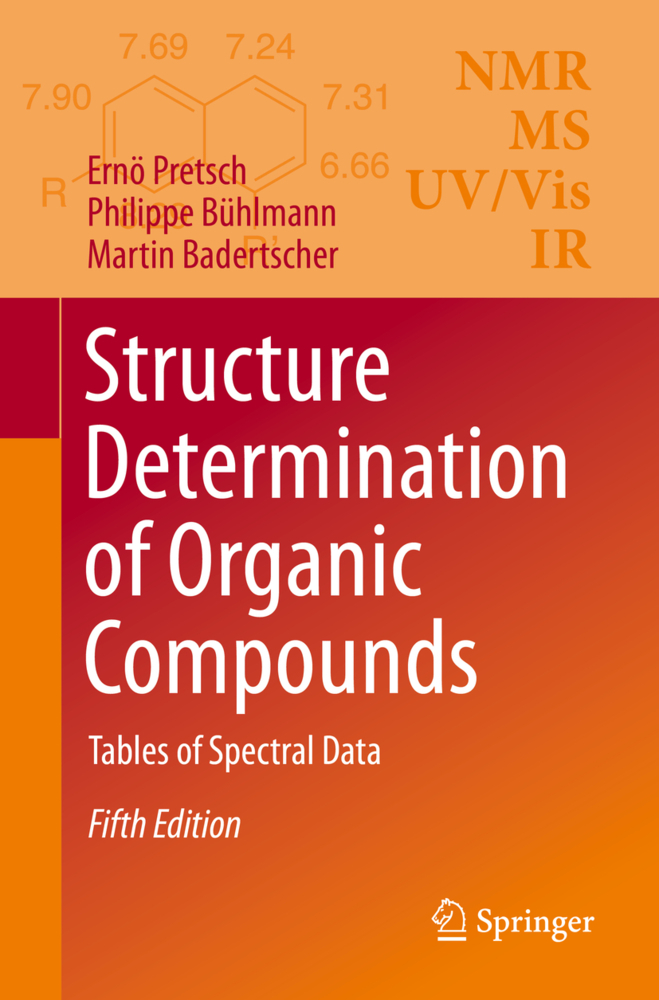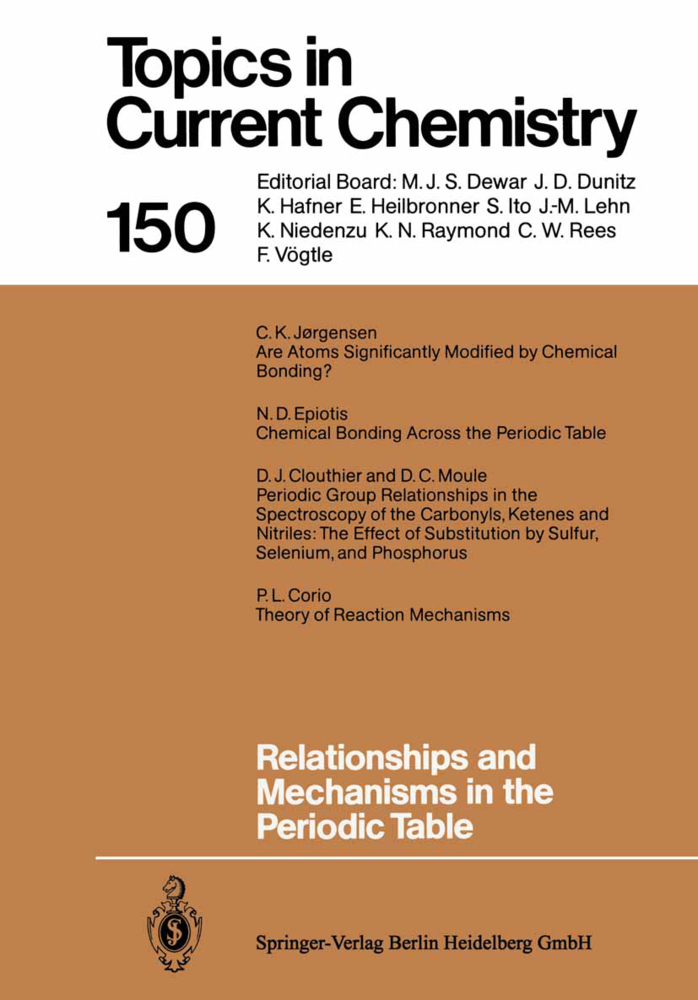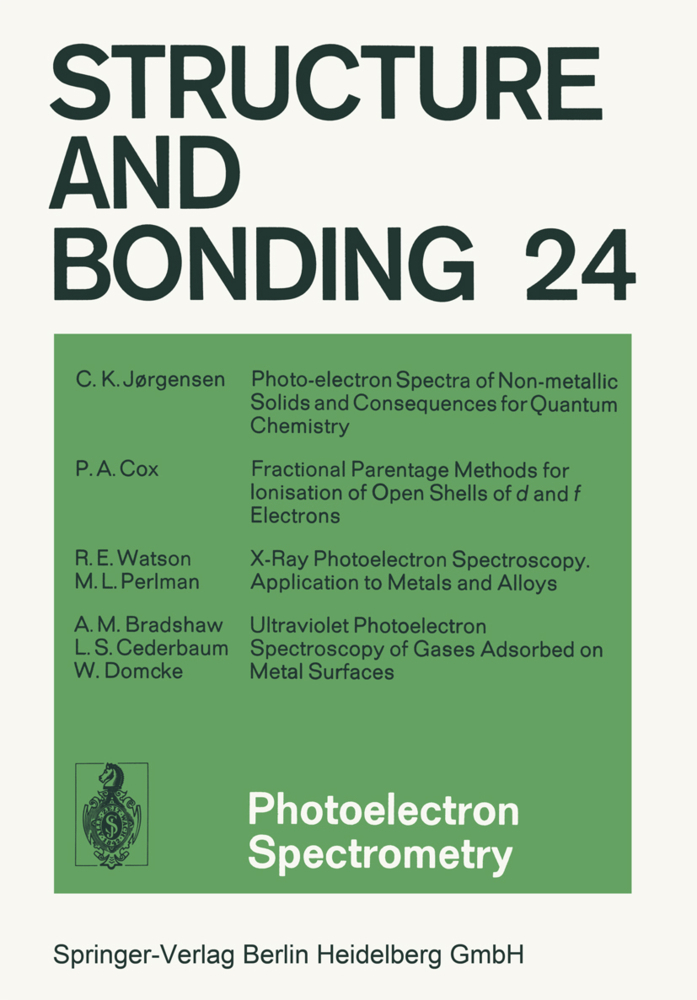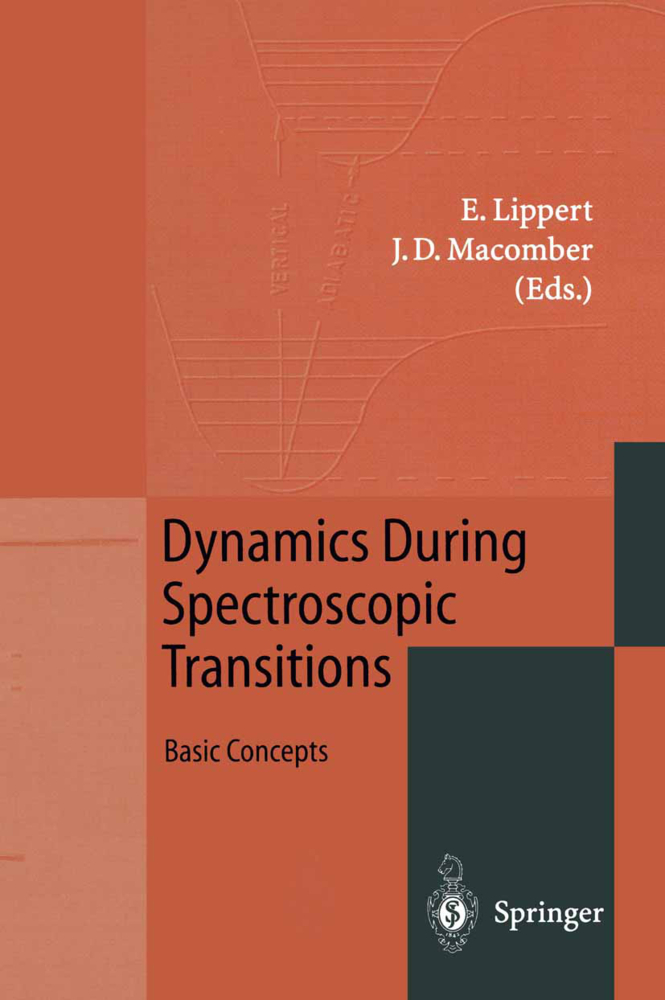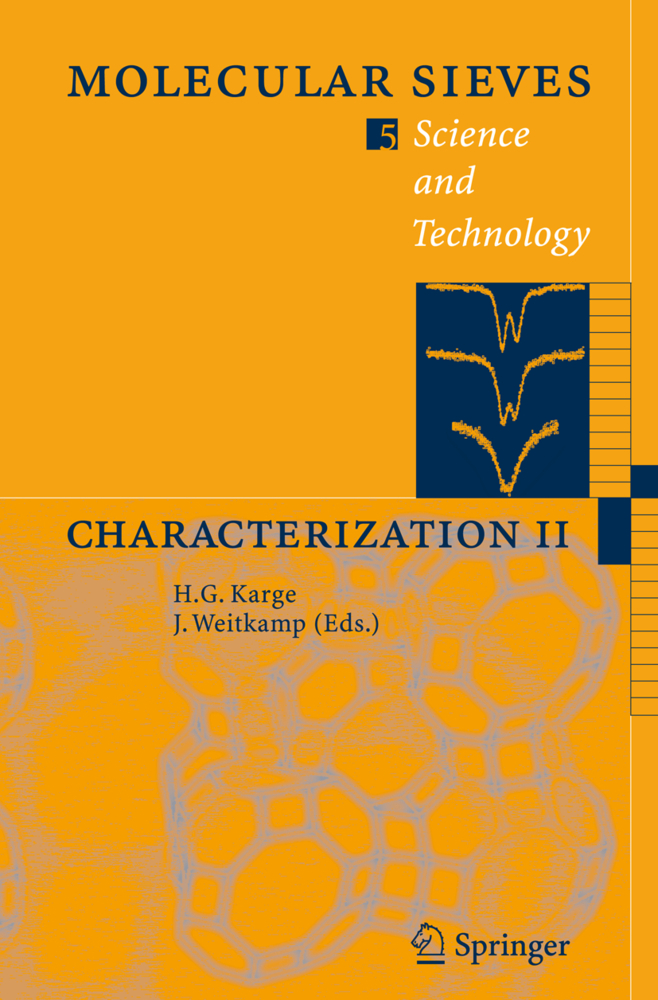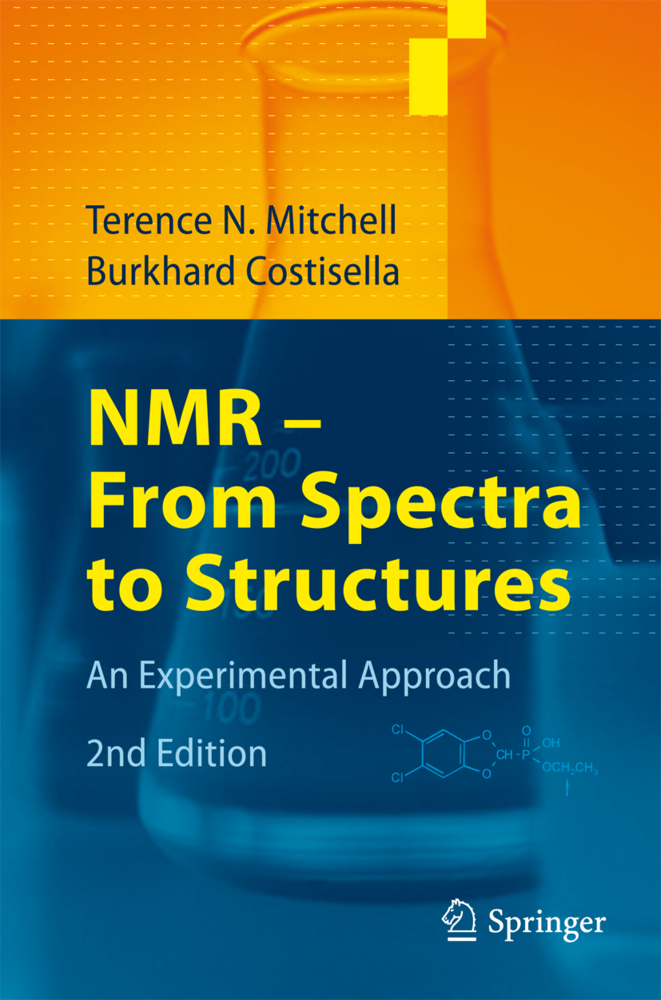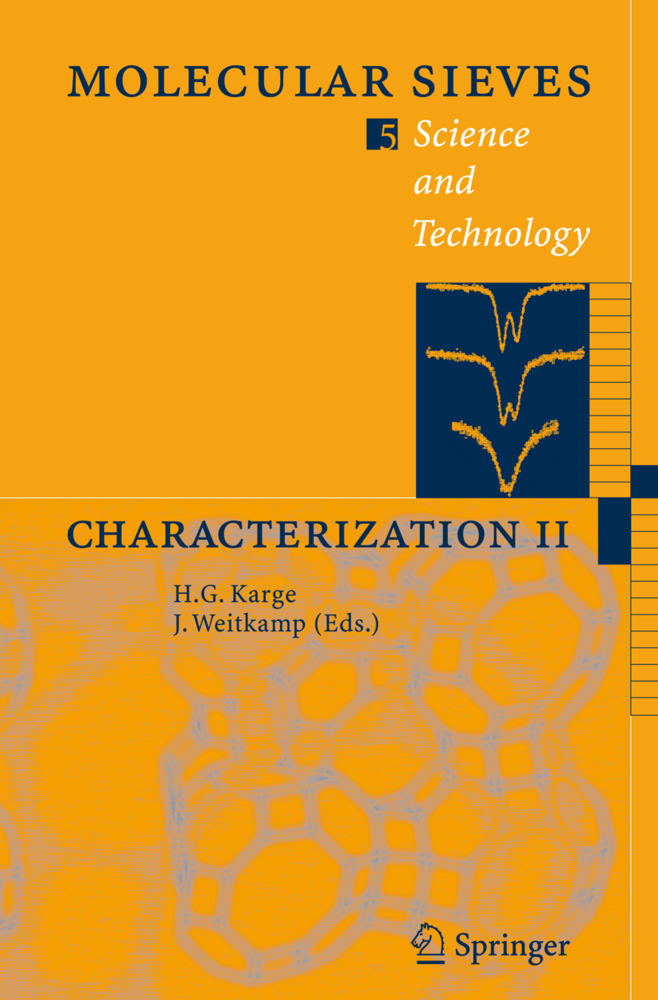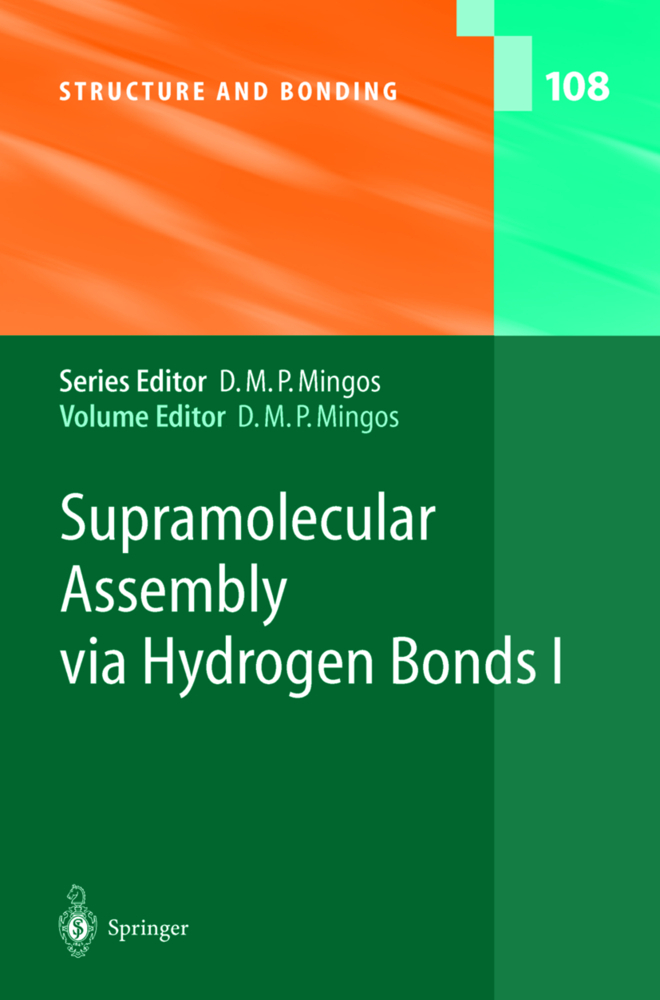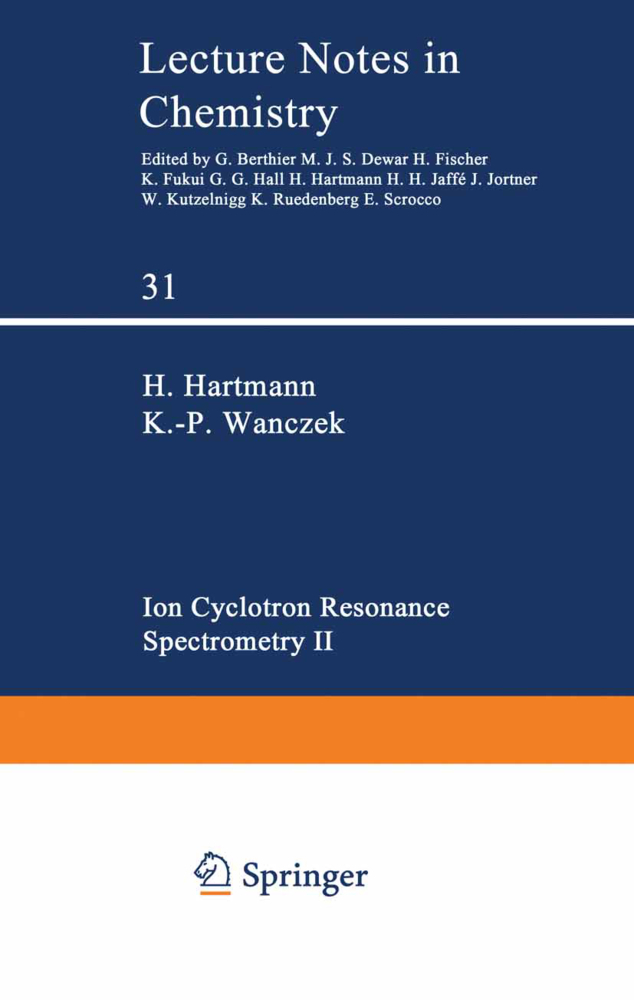Intermolecular Forces
An Introduction to Modern Methods and Results
Intermolecular Forces
An Introduction to Modern Methods and Results
The study of intermolecular forces began over one hundred years ago in 1873 with the famous thesis of van der Waals. In recent decades, knowledge of this field has expanded due to intensive research into both its theoretical and the experimental aspects. This is particularly true for the type of very strong cohesive force stressed in 1920 by Latimer and Rodebush: the hydrogen bond, a phenomenon already outlined in 1912 by Moore and Winemill. Hydrogen bonds exert a profound influence on most of the physical and chemical properties of the materials in which they are formed. Not only do they govern viscosity and electrical conductivity, they also intervene in the chemical reaction path which determines the kinetics of chemical processes. The properties of chemical substances depend to a large extent on intermolecular forces. In spite of this fundamental fact, too little attention is given to these properties both in research and in university teaching. For instance, in the field of pharmaceutical research, about 13000 compounds need to be studied in order to find a single new product that can be successfully marketed. The recognition of the need to optimize industrial research efficiency has led to a growing interest in promoting the study of inter molecular forces. Rising salary costs in industry have encou raged an interest in theoretical ideas which will lead to tailor made materials.
II Quantum Chemistry of the Hydrogen Bond
III How to Understand Liquids?
IV Dynamic Aspects of Intermolecular Interactions
Spectroscopic Methods
V Vibration Aspects of the Hydrogen Bond
VI Experimental Vibrational Characteristics of the Hydrogen Bond
VII IR-Overtone Vibration Spectroscopy
VIII Intermolecular Interactions at Low Temperature. Matrix Isolation Spectroscopy Applied to Hydrogen-Bonded Complexes and Charge Transfer Complexes
IX Water - The Most Anomalous Liquid
X Cooperative Effects Involved in H-Bond Formation
XI NMR Studies of Elementary Steps of Multiple Proton and Deuteron Transfer in Liquids, Crystals, and Organic Glasses
XII Cluster Research with Spectroscopic Molecular Beam Techniques
Other Methods
XIII Molecular Beam Scattering: Method and Results on Intermolecular Potentials
XIV Molecular Dynamics (MD) Computer Simulations of Hydrogen-Bonded Liquids
XV The Energy of Intermolecular Interactions in Solution
XVI The Mobile Order Created by Hydrogen Bonds in Liquids
XVII Hydrogen Bonding and Entropy
XVIII Specific Intermolecular Forces and the Permittivity and Conducivity of Solutions
XIX The Role of Hydrogen Bonds in Biochemistry
XX Hydrogen Bonds in Crystals
XXI Role of Intermolecular Interactions in Chromatographic Separations.
General Aspects
I Intermolecular ForcesII Quantum Chemistry of the Hydrogen Bond
III How to Understand Liquids?
IV Dynamic Aspects of Intermolecular Interactions
Spectroscopic Methods
V Vibration Aspects of the Hydrogen Bond
VI Experimental Vibrational Characteristics of the Hydrogen Bond
VII IR-Overtone Vibration Spectroscopy
VIII Intermolecular Interactions at Low Temperature. Matrix Isolation Spectroscopy Applied to Hydrogen-Bonded Complexes and Charge Transfer Complexes
IX Water - The Most Anomalous Liquid
X Cooperative Effects Involved in H-Bond Formation
XI NMR Studies of Elementary Steps of Multiple Proton and Deuteron Transfer in Liquids, Crystals, and Organic Glasses
XII Cluster Research with Spectroscopic Molecular Beam Techniques
Other Methods
XIII Molecular Beam Scattering: Method and Results on Intermolecular Potentials
XIV Molecular Dynamics (MD) Computer Simulations of Hydrogen-Bonded Liquids
XV The Energy of Intermolecular Interactions in Solution
XVI The Mobile Order Created by Hydrogen Bonds in Liquids
XVII Hydrogen Bonding and Entropy
XVIII Specific Intermolecular Forces and the Permittivity and Conducivity of Solutions
XIX The Role of Hydrogen Bonds in Biochemistry
XX Hydrogen Bonds in Crystals
XXI Role of Intermolecular Interactions in Chromatographic Separations.
Huyskens, Pierre L.
Luck, Werner A.P.
Zeegers-Huyskens, Therese
| ISBN | 978-3-642-76262-8 |
|---|---|
| Artikelnummer | 9783642762628 |
| Medientyp | Buch |
| Auflage | Softcover reprint of the original 1st ed. 1991 |
| Copyrightjahr | 2011 |
| Verlag | Springer, Berlin |
| Umfang | X, 490 Seiten |
| Abbildungen | X, 490 p. |
| Sprache | Englisch |

